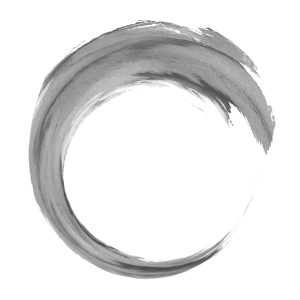Believe it or not, Chinese medical theory has explored infectious disease for thousands of years. In fact, one of its classical texts, The Shang Han Lun, describes the foundational principals of how the body acquires various infections, or “wind invasions” as they are known in the literature. The principals and theories described are still used effectively in clinical practice today!
In Chinese medical theory, flus and viruses are invasions by external pathogens. These pathogens are described in terms of environment; instead of getting a step infections, it can be an invasion of heat, cold, wind or dampness. Once these invasions enter the body, it goes into the following “levels”:
- Tai Yang: This is the most superficial layer. This is the early stages of illness and are the easiest to treat. Symptoms include sneezing, runny nose and sore throat.
- Yang Ming: The “middle” layer. This is when a pathogen triggers a strong immune response and can cause “heat” symptoms such as fever and fatigue. The body’s natural immunity is more activated here than in the Tai Yang.
- Shao Yang: This is known as “half in, half out”. This happens once a virus has been lingering for a while. Symptoms tend to come and go sporadically. The idea is that the invasion was never fully expelled and now is lodged between the superficial and deeper (organ) layers.
This concept provides various treatment strategies for each level. The moral of the story is to come seek treatment AS SOON as the first stages of illness begin. Being mindful of your body is important to identify when things start to become out of balance and to address it immediately!



Leave a Reply